Development of Instantaneous Color Holography System for Sensing Fluorescence and White Light
- The group has realized single-shot color-multiplexed 3D fluorescence microscopy with holography -
July 22, 2020
National Institute of Information and Communications Technology
Japan Science and Technology Agency
Toin University of Yokohama
Chiba University
Abstract
Achievements
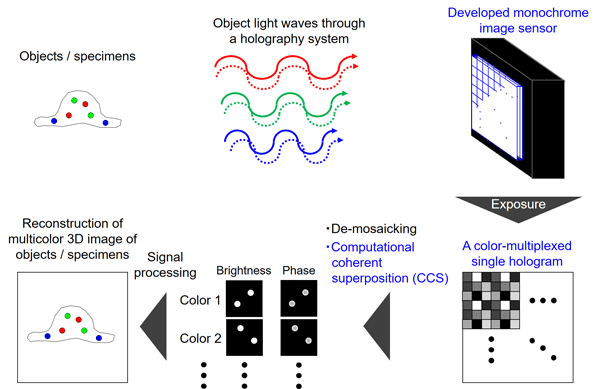
[Click picture to enlarge]
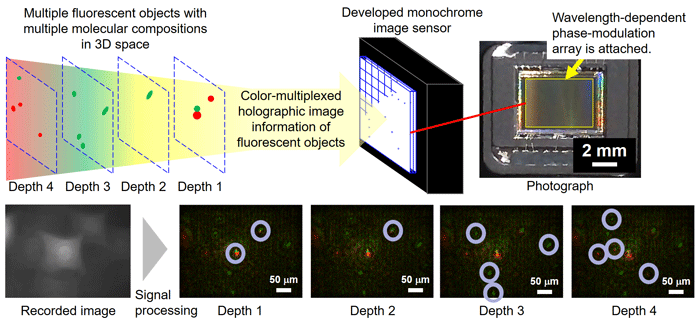
Future prospects
- Increasing the recording speed in holographic multidimensional sensing of ultimately weak self-luminous light sources
- Applications to multicolor holographic 3D motion-picture image sensing for spatially incoherent light
Information of the article
Appendix
Computational coherent superposition (CCS)
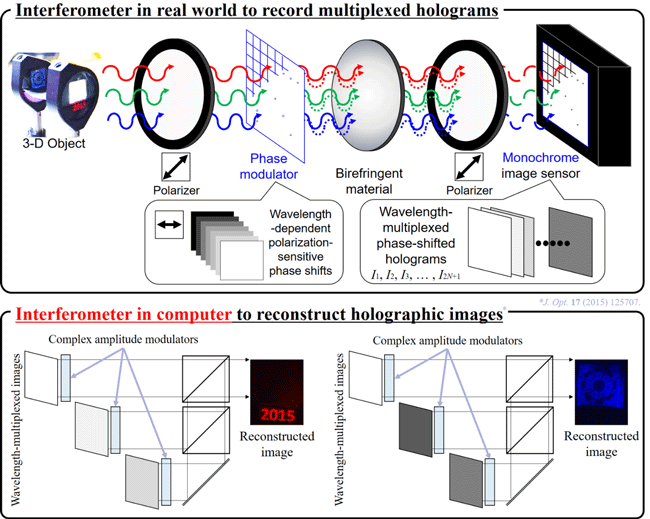
Optical components and constructed microscope
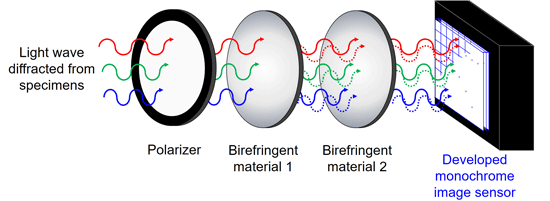
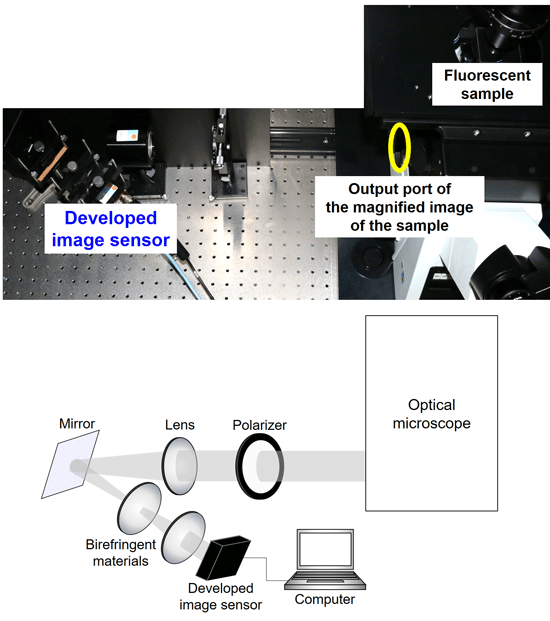
Technical Contact
TAHARA Tatsuki
Electromagnetic Applications Laboratory
Applied Electromagnetic Research Institute
NICT
E-mail:

















Media Contact
HIROTA Sachiko
Press Office, Public Relations Department
NICT
E-mail:




















SHIMABAYASHI Yuko
Department of Strategic Basic Research,
JST
E-mail:
















Research Promotion Department
Toin University of Yokohama
E-mail:




















